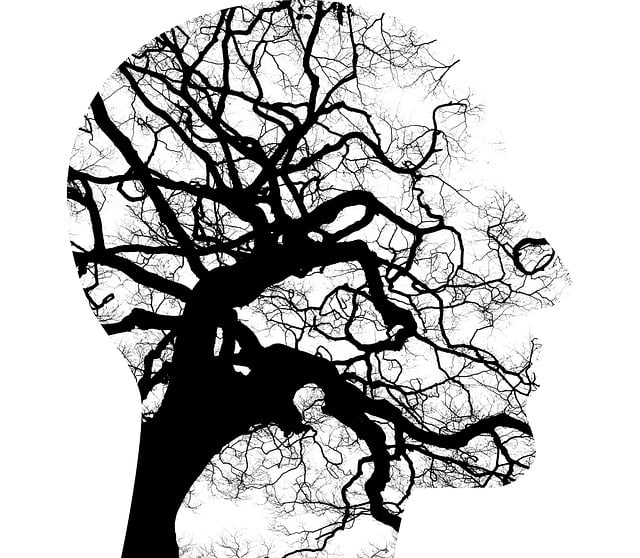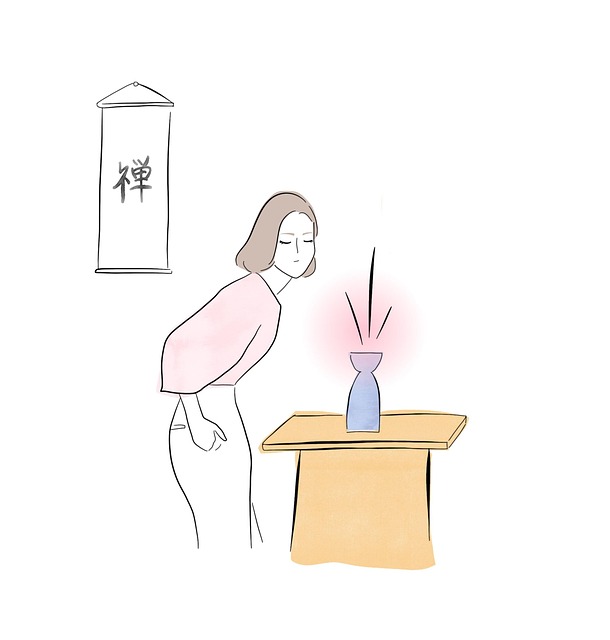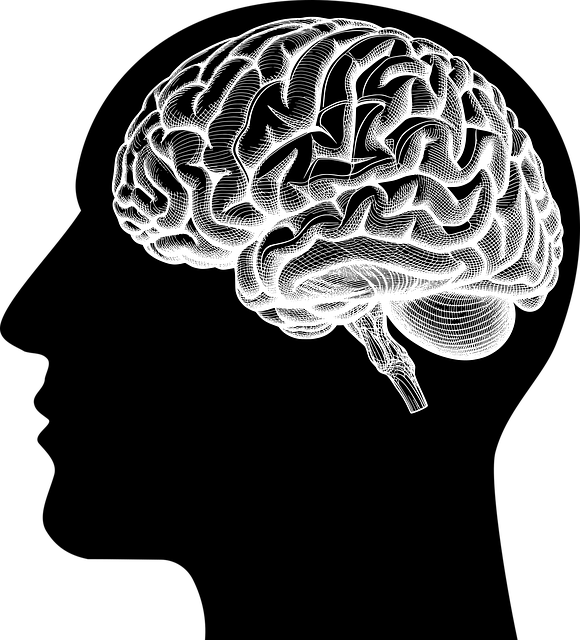Wheat Ridge Biofeedback Therapy prioritizes risk assessment and harm minimization through comprehensive client screening, tailored treatment plans, and ongoing education. By addressing physiological and emotional stressors, they reduce risks associated with biofeedback therapy, especially for individuals with pre-existing conditions. Their holistic approach integrates mindfulness exercises and biofeedback to empower clients in managing stress and depression. Through informed consent, client journaling, and dynamic plan updates, Wheat Ridge Biofeedback Therapy ensures safe, effective care aligned with best practices, fostering healthier communities.
In the realm of Wheat Ridge biofeedback therapy, risk assessment and harm minimization planning are cornerstone practices for ensuring client safety and fostering effective treatment outcomes. This comprehensive guide delves into the essentials of risk assessment, from understanding its foundational principles to identifying potential harms specific to biofeedback therapy. We explore practical strategies for harm minimization, emphasize the critical roles of client education and informed consent, and provide insights on continuous improvement through monitoring and plan updates.
- Understanding Risk Assessment: A Foundation for Safe Practice
- Identifying Potential Harms in Biofeedback Therapy
- Implementing Effective Harm Minimization Strategies
- The Role of Client Education and Informed Consent
- Continuous Improvement: Monitoring and Updating Your Plan
Understanding Risk Assessment: A Foundation for Safe Practice

Risk assessment is a cornerstone of any responsible healthcare practice, including Wheat Ridge Biofeedback Therapy. It involves a systematic analysis of potential hazards and their likelihood of causing harm. By identifying risks early on, therapists can implement targeted strategies to minimize or eliminate them, ensuring safer treatment environments for clients. This foundational step not only protects individuals but also strengthens the credibility and ethical standing of healthcare providers like those at Wheat Ridge Biofeedback Therapy.
Understanding risk assessment enables the development of comprehensive harm minimization plans. These plans often include Public Awareness Campaigns Development to educate both clients and the community about potential risks and their management, as well as Community Outreach Program Implementation to reach a broader audience with information on stress reduction methods. Such proactive measures not only comply with best practices but also contribute to building healthier communities.
Identifying Potential Harms in Biofeedback Therapy

Biofeedback therapy, while generally considered safe and effective, involves complex physiological processes that can lead to potential harms if not properly managed. In Wheat Ridge Biofeedback Therapy sessions, clients may experience temporary adverse effects such as headaches, dizziness, or fatigue, particularly during initial training phases when their bodies are adapting to the feedback mechanisms. Additionally, for individuals with pre-existing conditions like cardiac arrhythmias or seizure disorders, the therapy’s influence on autonomic nervous system regulation could potentially trigger underlying issues.
Effective risk assessment for mental health professionals facilitating Wheat Ridge Biofeedback Therapy involves screening clients for relevant medical history, including any known sensory or physiological sensitivities and current medications. This comprehensive approach is crucial in tailoring the therapy to individual needs, incorporating techniques like social skills training and mindfulness meditation to enhance client comfort and minimize potential harms.
Implementing Effective Harm Minimization Strategies

Implementing effective harm minimization strategies is a multifaceted process that goes beyond merely identifying risks. At Wheat Ridge Biofeedback Therapy, we recognize that promoting emotional well-being and reducing stress are key components in fostering a healthier, happier life. Our approach integrates various techniques from biofeedback therapy to mindfulness exercises, tailored to meet the unique needs of each individual.
By combining these Emotional Well-being Promotion Techniques, we aim to not only prevent but also reverse the detrimental effects of chronic stress and even depression. Stress Reduction Methods, when implemented early and consistently, can serve as powerful tools in harm minimization planning. Ultimately, our goal is to empower individuals with the skills and knowledge needed to navigate life’s challenges more effectively, ensuring a brighter future for all.
The Role of Client Education and Informed Consent

At Wheat Ridge Biofeedback Therapy, we recognize that client education and informed consent are pivotal components in our comprehensive approach to risk assessment and harm minimization planning. Educating clients about biofeedback therapy empowers them to actively participate in their mental wellness journey. We believe that understanding the mechanisms behind biofeedback—how it works, its benefits, and potential side effects—promotes emotional well-being.
Informed consent ensures that our clients make voluntary decisions about their treatment, fully grasping the risks and benefits. This process involves clear communication where we explain the risk assessment for mental health professionals, outlining any potential hazards or discomforts that may arise during therapy. We also encourage clients to engage in mental wellness journaling exercises guided by our experts, which not only facilitates self-awareness but also serves as a tool to track progress and identify areas needing additional support.
Continuous Improvement: Monitoring and Updating Your Plan

At Wheat Ridge Biofeedback Therapy, we understand that risk assessment and harm minimization planning aren’t static processes—they require continuous improvement. Regularly reviewing and updating your plan is essential to ensure its relevance and effectiveness as both your practice and clients’ needs evolve. This ongoing monitoring allows for the integration of new research, technological advancements, and feedback from clients and staff.
By adopting a dynamic approach, you can better align self-care practices and inner strength development strategies with the latest evidence-based methods. Moreover, mindfulness meditation techniques, as part of your harm minimization plan, should be regularly reassessed to meet the changing needs of individuals seeking therapy. This commitment to continuous improvement not only enhances the quality of care but also fosters a supportive and safe environment for all clients.
Risk assessment and harm minimization planning are paramount in providing safe and effective Wheat Ridge Biofeedback Therapy. By understanding potential risks, identifying harms, implementing strategic mitigation measures, educating clients, and continually updating plans, practitioners can ensure a high standard of care. This comprehensive approach not only protects clients but also enhances the overall therapeutic experience.














